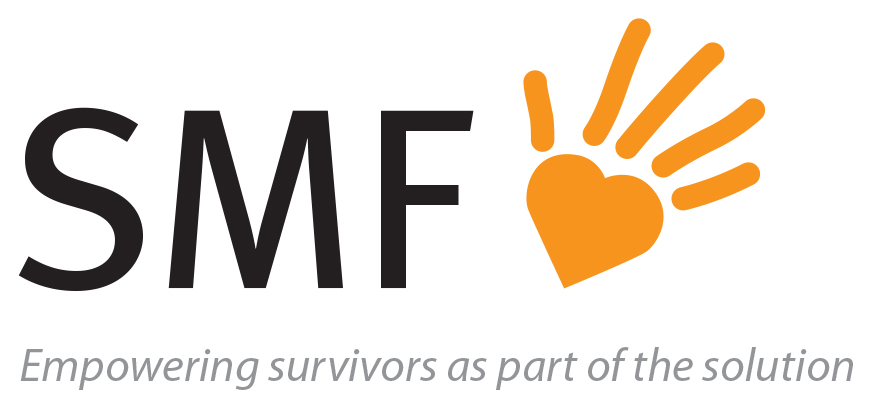Photo by Clifford Pickett Photography
Cambodia is a country with a deeply fractured history and a people who, three decades later, continue to suffer from the aftermath of the Khmer Rouge genocide. A motion to rapidly deurbanize Cambodia in the mid-1970’s resulted in a return to a poorly planned agrarian economy, and today the country remains impoverished with the rural poor particularly at risk.
According to the United Nations Development Program (UNDP), nearly half of Cambodia’s population is living in multidimensional poverty, a term used to illustrate the various aspects of poverty today including: poor health, lack of education, inadequate living standards, lack of income, and an ongoing threat of violence and disempowerment. These factors, coupled with a weak rule of law, civil unrest, and traditional cultural norms that tolerate gender inequality, leave Cambodian women and girls particularly susceptible to trafficking, exploitation, and gender-based violence.
There are estimated 35,000–55,000 commercial sex workers in Cambodia (not all victims of trafficking), as many as 35% are under age 18. Our grant partners have worked with victims as young as three years old in centers for recovery and rehabilitation. Our outreach teams and field-workers on the ground report that it is often parents and family members that resort to selling a child as a result of economic desperation, or under the false pretense that the trafficker will provide a better life for the young girl.
The confluence of poverty, corruption, and gender inequality have set Cambodia on a difficult path with many systemic issues that need to be addressed urgently. Trafficking and sexual exploitation is an ill of this society and one that has yet to be appropriately addressed by the Cambodian government. In June 2013, the U.S. State Department issued the Trafficking in Persons (TIP) Report, a global overview of the origins and scope of trafficking, moved Cambodia to the Tier 2 watch list, the report’s second-lowest ranking, for failing to “demonstrate evidence of overall increasing efforts to address human trafficking over the previous year.”

